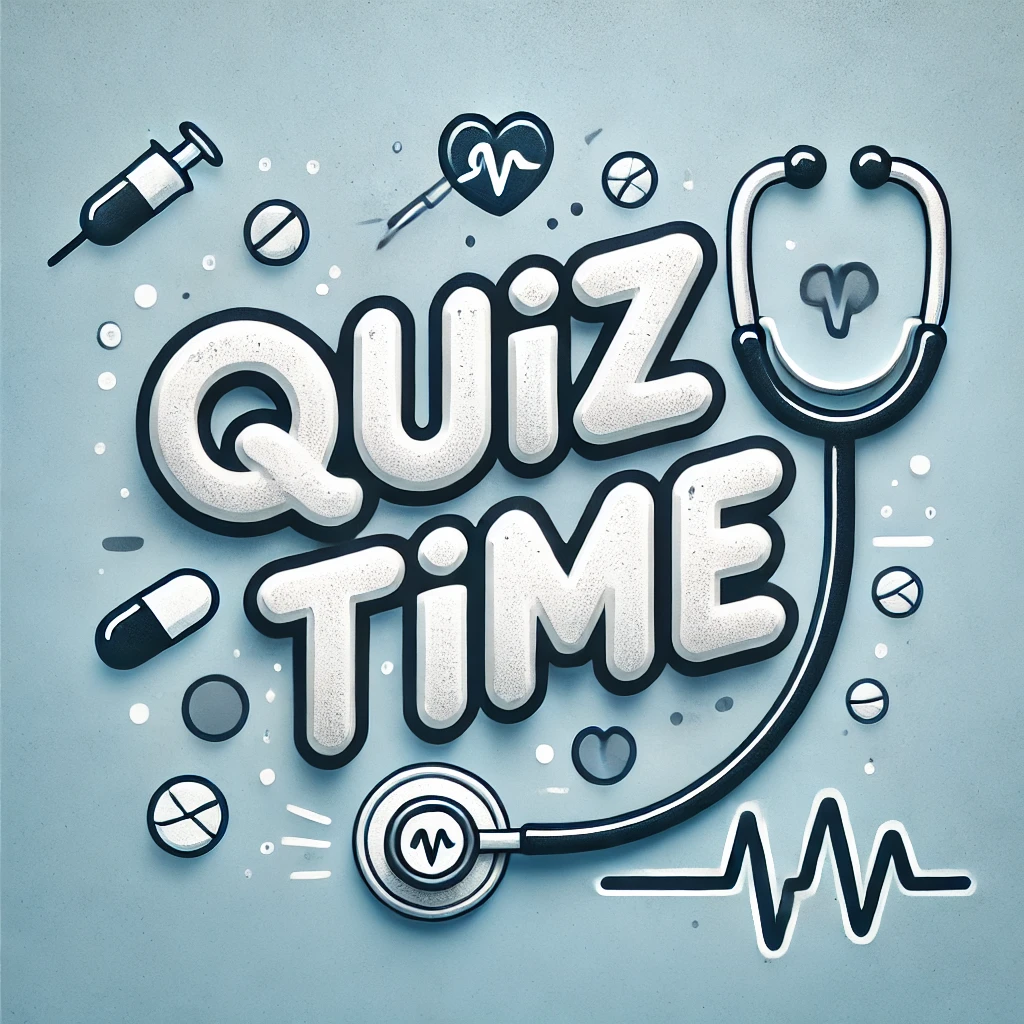A 24-year-old man was admitted with a generalized tonic–clonic seizure
A 24-year-old man from Brooklyn, NY, was admitted with a generalized tonic–clonic seizure. The patient was complaining of headache and fever 24 hours before the seizure episode.
On admission, the patient was lethargic but arousable and confused. He had nuchal pain when his neck was flexed. He did not have focal neurologic deficits. No rash was seen.
Cerebrospinal fluid (CSF) showed 1354 white cells/µL with 89% neutrophils and 11% lymphocytes. CSF and serum glucose levels were 28 mg/dL and 80 mg/dL, respectively, and CSF protein was 65 mg/dL. A CSF Gram stain reported Gram-positive diplococci. The patient was started on intravenous vancomycin, ceftriaxone, and dexamethasone. A blood culture obtained 36 hours after admission has returned results of Streptococcus pneumoniae with a penicillin minimum inhibitory concentration (MIC) = 0.06 µg/mL.
What changes will you make to this patient’s therapeutic plan?
- start chloramphenicol and penicillin; discontinue vancomycin, ceftriaxone, and dexamethasone
- start penicillin; continue dexamethasone; discontinue vancomycin and ceftriaxone
- continue ceftriaxone; stop dexamethasone
- continue vancomycin; discontinue ceftriaxone and dexamethasone
The correct answer is:
The initial empiric treatment for bacterial meningitis in a patient younger than 50 years of age is vancomycin and ceftriaxone (to cover for Neisseria meningitidis, Haemophilus influenzae, and S. pneumonia, including resistant strains). Dexamethasone should be administered before or at the time of antibiotic infusion.
If an organism is isolated, then antibiotics should be adjusted to provide more specific coverage. The antibiotic of choice for S. pneumonia depends on the susceptibilities of the isolate. For isolates with MIC = 0.06 µg/mL, penicillin or ampicillin is indicated. For isolates with MIC between 0.12 and 1.0 µg/mL, a third-generation cephalosporin is indicated. For isolates with MIC = 2 µg/mL, vancomycin plus a third-generation cephalosporin are indicated.
Randomized data and the Infectious Diseases Society of America guidelines advocate for treatment of all cases of meningitis due to Strep pneumoniae with dexamethasone, which has been shown to reduce neurologic complications. Dexamethasone should be empirically started for cases of adult meningitis in the United States; however, it should only be continued if cultures confirm or cannot rule out S. pneumoniae. In those circumstances, it should be kept for a total of 2-4 days. Dexamethasone is not recommended in cases of meningitis attributed to other pathogens.
References:
Sexton DJ. “Dexamethasone to prevent neurological complications of bacterial meningitis in adults.” UpToDate (Accessed April 29, 2018)
Tunkel AR, Hartman BJ, Kaplan SL, et al. Practice guidelines for the management of bacterial meningitis. Clin Infect Dis. 2004;39(9):1267-1284.
Weinstein MP, Klugman KP, Jones RN. Rationale for revised penicillin susceptibility breakpoints versus Streptococcus pneumoniae: coping with antimicrobial susceptibility in an era of resistance. Clin Infect Dis. 2009;48(11):1596-1600.
This question appears in Med-Challenger Emergency Medicine Review with CME
Try for free and save. Ace your exams and meet your CME/MOC requirements for just $35 a month!



.png)

.png)